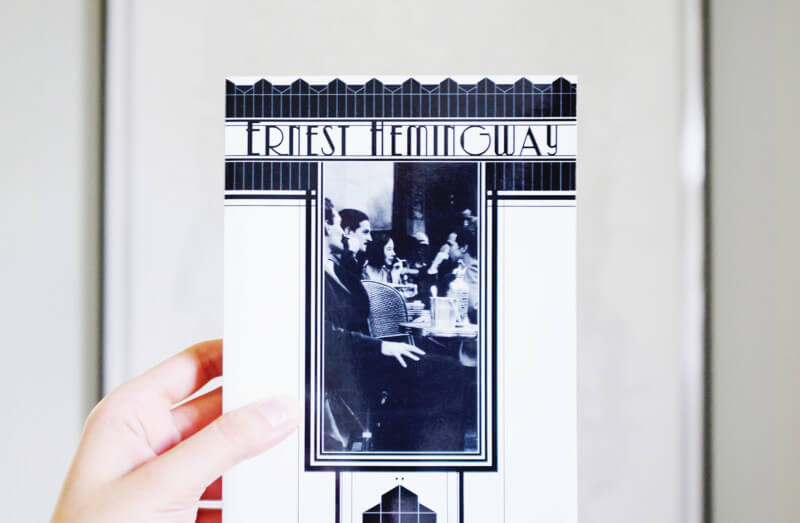
Before our wedding, a close family member recommended A Moveable Feast to me. “It changed my life,” she said. Well, that’s good enough reason for me!
I’d previously read two Hemingway novels: The Sun Also Rises and The Old Man and the Sea. I preferred the latter, cruising through the simple, yet gripping tale of an aged, Cuban fisherman trying to catch a giant marlin. The story, in part about shaking off bad luck, is relatable and made me instantly respect Hemingway’s bare-boned writing style.
That suggestion was months ago, and let’s just say it’s been a while since I’ve read some “proper literature.” I’ve been avoiding the news and indulging in my baser need for romance novels and best sellers, but it’s about time I return to the occasional highbrow book.
Hemingway wrote A Moveable Feast at the tail end of his life. On a visit to Paris in 1956, while enjoying lunch with a friend at the Ritz Hotel, he recalled having left two steamer trunks in the basement of the hotel. The custom Louis Vuitton luggage somehow remained untouched, collecting dust in the Ritz’s baggage room for more than 20 years! In the bottom one of the trunks was a collection of lost notebooks from Hemingway’s life as a young, struggling writer in 1920’s Paris. Delighted by the discovery of this literary time capsule, he compiled and edited the writings into the memoir A Moveable Feast. The stories are a snapshot of his life in Paris: rendezvous with famous, influential artists and tales from French cafés, bars and restaurants (some of which are still around today).
Less affordable than it was in Hemingway’s time, Paris still attracts an incredible array of artists, writers, and creatives, including many expats looking to find inspiration. The city certainly continues to inspire me with every visit, and aside from wondering what other treasures are hidden in the Ritz’s basement, I hope to cherish it a little more after finishing A Moveable Feast.




